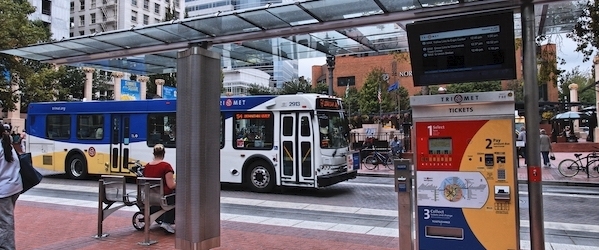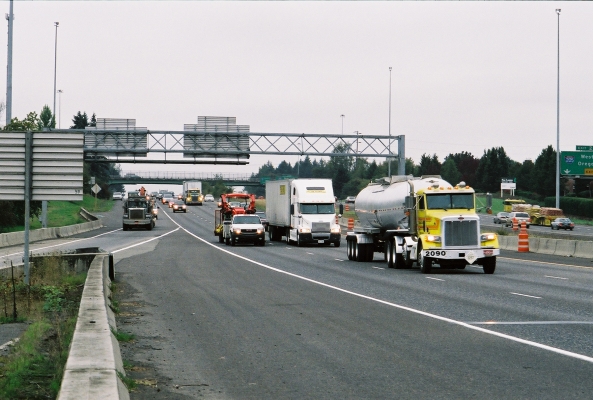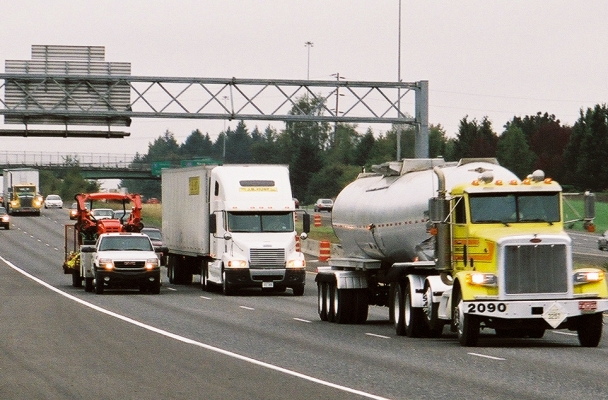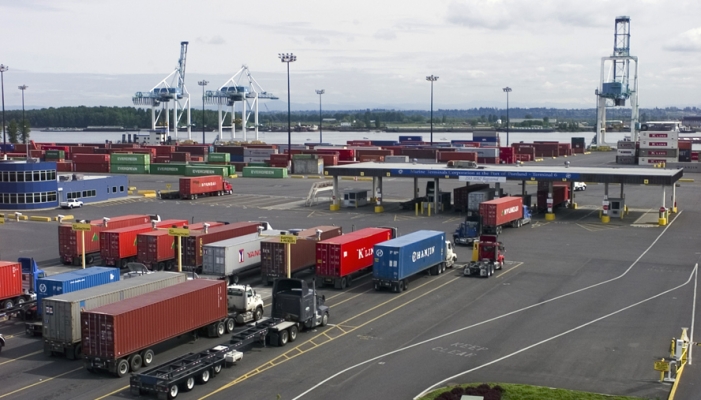Drones, or unmanned aerial vehicles (UAVs), are increasingly being used to deliver medical supplies and other goods. In the U.S., where e-commerce grew by 30% rate in 2020, drone deliveries are expected to become a 7 billion US dollar market by 2027.
Two recent publications by Miguel Figliozzi of Portland State University (PSU) explore different aspects of optimizing and improving upon the use of UAVs for e-commerce deliveries.
Figliozzi is a professor of civil and environmental engineering and a member of the Transportation Research Board on Urban Freight committee, and his main research areas are transportation systems modeling, statistical analysis, and optimization. He has published a number of papers analyzing drone delivery and other areas of freight transportation.
WHAT DO TECHNOLOGICAL IMPROVEMENTS MEAN FOR DELIVERY DRONES?
Though many studies have proposed several different types of models for drones, there is a lack of understanding of the current and future limits of drone technologies for deliveries.
"...
Read more





